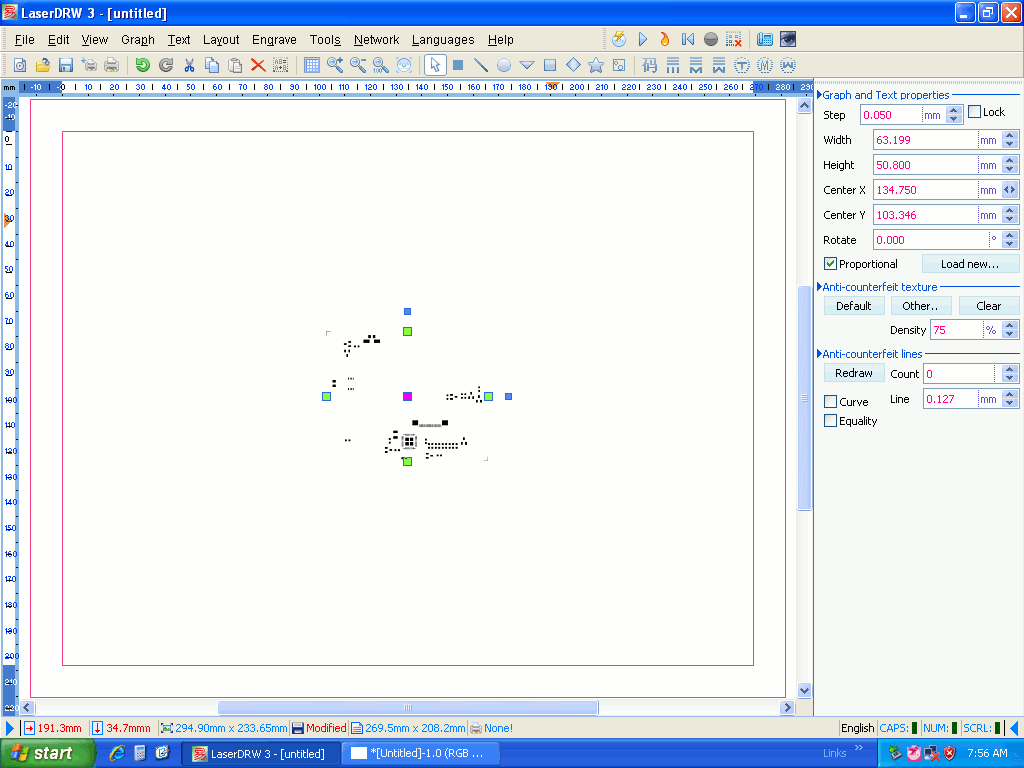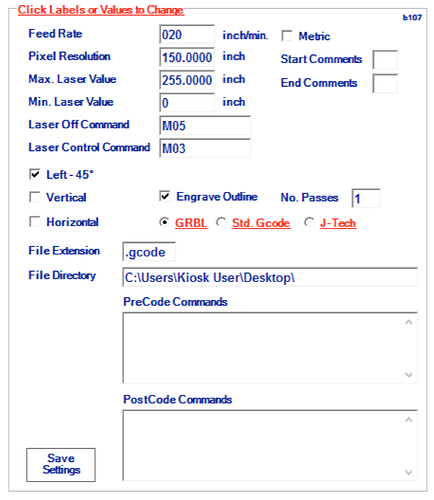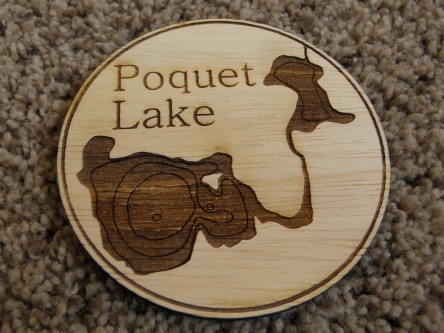


- #LASERDRW TUTORIAL ARCHIVE#
- #LASERDRW TUTORIAL PORTABLE#
- #LASERDRW TUTORIAL CODE#
- #LASERDRW TUTORIAL DOWNLOAD#
String packageFile = Create and open the specified package file for writing.
#LASERDRW TUTORIAL CODE#
The following code shows the basic steps used to create and open a new package:įigure 1** File Formats Using Open Packaging Conventions ** using System.IO.Packaging
#LASERDRW TUTORIAL ARCHIVE#
NET Framework 3.0 is the ZipPackage derived class that uses a standard ZIP archive (see Figure 1). The default and primary physical implementation of a Package in the.

NET Framework 3.0, System.IO.Packaging.Package is defined as an abstract class from which specific physical implementations are derived. htmx, that will store a Web page along with the local files it depends on (style sheets, scripts, image files, and so on).Ī Package is the basic storage unit of the Open Packaging Conventions standard. As an example, we’ll create our own custom package type.

Using packaging, you can define your own file organization, filename extension, and file type association for your application. The specific organization of a package’s contents defines its format, which is typically reflected in the extension (like. Microsoft Word 2007 and Excel® 2007 both use Open Packaging for document storage, however, they use different schemas and file organizations.
#LASERDRW TUTORIAL PORTABLE#
NET Framework 3.0 APIs to organize your application’s storage of multiple data streams in a single portable package. In this article, we’ll examine the new standard, showing how you can use the. NET Framework 3.0 for use with Windows® XP and Windows Server® 2003. Moreover, because they adhere to an open standard, package-based files can be accessed through high-level services such as workflow applications and virus scanners.ĪPI support for the ECMA Open Packaging Conventions is built into Windows Vista and included as part of the. NET Framework 3.0, the packaging APIs also offer options for encryption with rights management. And it supports a number of enhanced features, including content addressable URIs, MIME types, relational structuring, and authentication and validation. So what makes the portable container technology offered by Open Packaging Conventions different? Since it is an open standard, OPC provides a container technology you can use without having to code your own custom binary container files. See the "Online Resources" sidebar for more information about the technologies discussed in this article. The XML Paper Specification (XPS), which defines the new print-spool and document presentation format for Window Vista™, also implements the storage and transport of high-fidelity documents based on OPC. This new packaging technology is already being used in several Microsoft products, including the 2007 Office System applications. An underlying component of this standard is Open Packaging Conventions (OPC), which defines a structured means to store application data together with related resources using a standard ZIP file. In the move toward open standards, a new file packaging technology has evolved as part of the 2007 Microsoft® Office System Open XML specification that was recently approved by the ECMA International standards organization. More and more, applications are tending towards the latter. For the most part, applications use one of two approaches to organize the content: a flat-file organization where content is stored as separate files organized on disk, or binary container files where all the content is packaged in a single custom file. Similarly, a word processor builds a document that combines text, style definitions, image files, and other elements. A Web browser, for example, displays a page that integrates HTML, image files, style sheets, and other types of content. Many applications integrate content with various additional resources.
#LASERDRW TUTORIAL DOWNLOAD#
NET Framework 3.0Ĭode download available at: Packaging 2007_08.exe(984 KB)Ĭreating and Accessing Packages and Parts This article uses the following technologies:


 0 kommentar(er)
0 kommentar(er)
